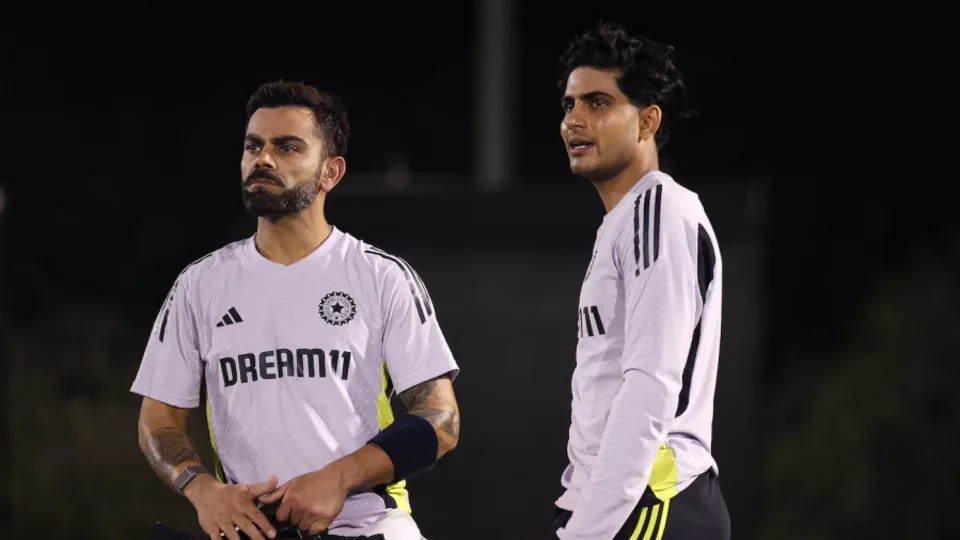
Gill christens current Indian batting line-up as the best he’s played with on eve of the Champions Trophy Final.
Gill christens the Rohit Sharma-led Indian batting order as the best he has been a part of.
India’s top three includes two ODI greats. Batting down to No. 8 is an option. Additionally, practically every batter has scored runs in this Champions Trophy. According to team vice-captain Shubman Gill, this India batting order is superior to any he has ever played in.
“This is the best batting line-up that I have been a part of. Rohit Sharma and Virat Kohli I think are the all-time one-day greats in the world. Rohit bhai, one of the best openers in white-ball cricket and Virat bhai, I don’t think I need to say anything about him. He is one of the best ODI batters ever. I’m batting in between the two, and then below we have Shreyas [Iyer] who is in such good form, then KL Rahul, Hardik Pandya, Ravindra Jadeja.”
Each of India’s top seven players has a tournament top score of more than 40, despite the fact that they are competing in Dubai, which has historically had lower scoring levels than other tournament venues. In four games, Jadeja, who usually bats at number eight, has only been asked to bat twice. Gill claimed that the top order’s performance has also been impacted by that level of depth and form.
“The depth in our batting helps free up the batters at the top. We can play freely because we know we have the depth. This is one thing we used to struggle with earlier. We didn’t have the batting depth, so the pressure on the top order was more to score more and stay longer. But I think the depth allows us to play more freely.”
For Gill, however, batting more freely does not necessarily imply taking more chances; rather, it’s about knowing when to hit out. Gill’s tournament-high score to yet is 101 not out in India’s opening match against Bangladesh.
“I honestly don’t really think about whether I need to take more risks or less risks,” Gill said. “I think it’s more about me being in my zone and taking calculated risks. I take more risks at the right point, when I feel the bowler is under pressure.
“Most of my batting is instinctive. I don’t pre-plan, and I don’t play any shots that are pre-planned. When you are playing on the wicket, you kind of have an idea what kind of total you’re looking to make on that wicket. And then you add 15 to 20 runs to give that extra cushion to the bowlers. And that’s what I think of when I’m batting.”

